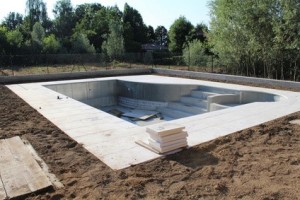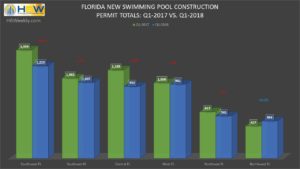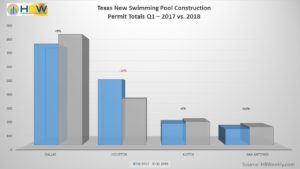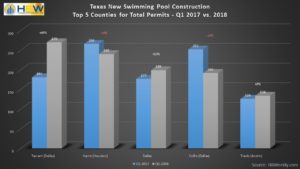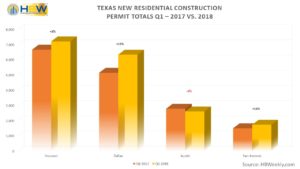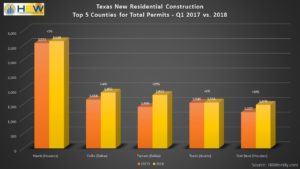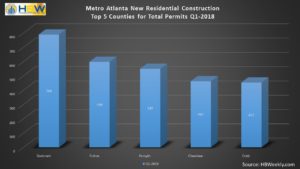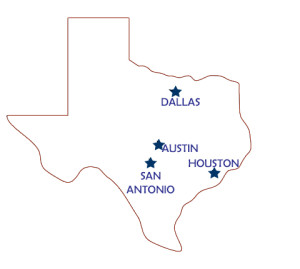With summertime comes summer heat, and there is no time like the present to prepare your crews for proper safety on the job site during the hottest months of the year.

Summer time temperatures are beginning to creep up on us, and before you know it, crews will be working in high and often dangerous temperatures. For this reason, it is important to refresh your team on heat safety and get heat and preventative measures on their radar.
According to OSHA, every year dozens of workers die and thousands more become ill while working in extreme heat or humid conditions. Moreover, 40%+ of heat-related worker deaths occur in the construction industry, and conditions are not just limited to dehydration; there are a variety of heat illnesses and they can affect anyone, regardless of age or physical condition.
Under OSHA law, employers are responsible for providing workplaces free of known safety hazards, and extreme heat is considered a significant hazard. In order to educate employers and the public, OSHA runs a campaign (Water.Rest.Shade) with the intention of keeping more workers safe under high heat conditions. An employer should establish a complete heat illness prevention program that includes but is not limited to:
- Providing workers with Water, Rest and Shade.
- Having a plan for new or returning workers to gradually increase workloads and take more frequent breaks as they adjust or build their tolerance for working in high heat conditions.
- Planning ahead for heat related illnesses, injuries and emergencies; making sure all team members are equally and properly trained to handle potential scenarios.
- Have the site supervisor monitor workers for signs of heat related issues or illnesses.
To monitor the most common of symptoms for serious heat related illnesses, OSHA created a simple go-to reference guide covering symptoms and first aid measures that should be taken if a worker shows signs of a heat-related illness. The full chart can be found by visiting their list of symptoms here.
While recognizing symptoms can be life-saving in certain situations, prevention is the best way to stay ahead of heat stroke and other illnesses. The most direct way to do this is simple: Keep the work environment cooler. Depending on the location of your workers, you may be able to incorporate only a few of the preventative measures, but every effort counts. OSHA lists a variety of engineering controls that can reduce workers’ exposure to heat, and they are as follows:
- Air conditioning (such as air-conditioned crane or construction equipment cabs, air conditioning in break rooms).
- Increased general ventilation.
- Cooling fans.
- Local exhaust ventilation at points of high heat production or moisture (such as exhaust hoods in laundry rooms).
- Reflective shields to redirect radiant heat.
- Insulation of hot surfaces (such as furnace walls).
- Elimination of steam leaks.
In addition to keeping the environment and conditions as cool as possible, employers should have a clear emergency plan in place, as well as ensure that drinking water is always replenished and close to the work area. Employers may also want to consider rotating work/rest cycles with crews and scheduling heavier outdoor work for cooler times of the day (morning). Individual team members can also rotate job functions and alternate their jobs to minimize over exposure to high heat conditions on any one individual. As with any safety plan, first aid practices should be clearly understood and demonstrated by your team, and all personal protective equipment (coolmax clothing, wide brim hats, sunblock, etc.) should be required and provided by the employer.
With proper preparation and training, your crews can and should stay safe and hydrated on the job. By showing your team that you are putting their health and safety first, you are not only fulfilling a legal obligation – You are showing your employees that you care about their well-being and are actively working to provide them with a safe and secure workplace.
For more information on construction business and marketing tips, stay connected with the HBW Blog. To get ahead of construction activity and gain access to the latest permitting data in Florida, Texas, Georgia, Alabama and Oklahoma, contact HBW for more information on construction data reports and industry leads.

